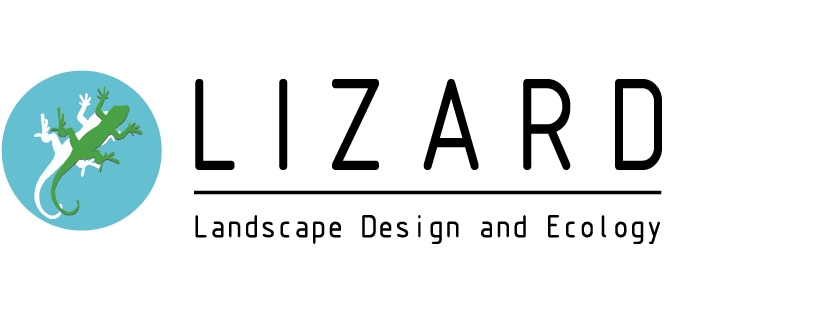If you are a developer or landowner, you need to be familiar with biodiversity offsetting as it is a key aspect of all new landscape developments if they have a detrimental impact on the wider environment. We will explain what biodiversity offsetting is and offer a guide for landowners and developers to secure planning permission.
What is biodiversity offsetting?
Biodiversity offsetting refers to the term used to describe the final stage of the mitigation hierarchy. If you are planning a construction project, you will need to consider what habitats and wildlife already exist in this space and how your development can disrupt them. This is particularly important for any that are legally protected by the government. The aim of biodiversity offsetting is to allow for developments that are responsible and environmentally sustainable.
What are biodiversity offsets?
Biodiversity offsets are defined as the measurable conservation outcomes of a developer’s actions to compensate for their project’s biodiversity impacts. These are an additional way to oppose any persisting project development impacts, after appropriate avoidance, minimisation and restoration measures have been explored.
Biodiversity offsetting in the UK
As a landscape developer in the UK, you are required to protect any existing habitats and ecosystems found on your chosen site as much as possible. The newest legislation, the Environment Act of 2021 will make it more important for developers to comply. The act states that developers in the UK will need to demonstrate that their project boosts the biodiversity value of their site by at least 10%.
The biodiversity net gain is often achieved by following the mitigation hierarchy. Biodiversity offsetting is an ideal solution that can help to minimise the delays and expensive setbacks that happen if planning permission is denied.
In the UK, we aim to add to biodiversity gain and counteract residual losses through conservation activities. Usually, it is the last resort in the mitigation hierarchy and offers a useful framework for businesses, developers and ecologists to clearly establish how biodiversity can better improve the value of their projects.
If you are looking for an ecological consultant to help with your landscape development, contact Lizard Landscape Design and Ecology. We are here to offer landscape solutions that don’t hurt the environment.


